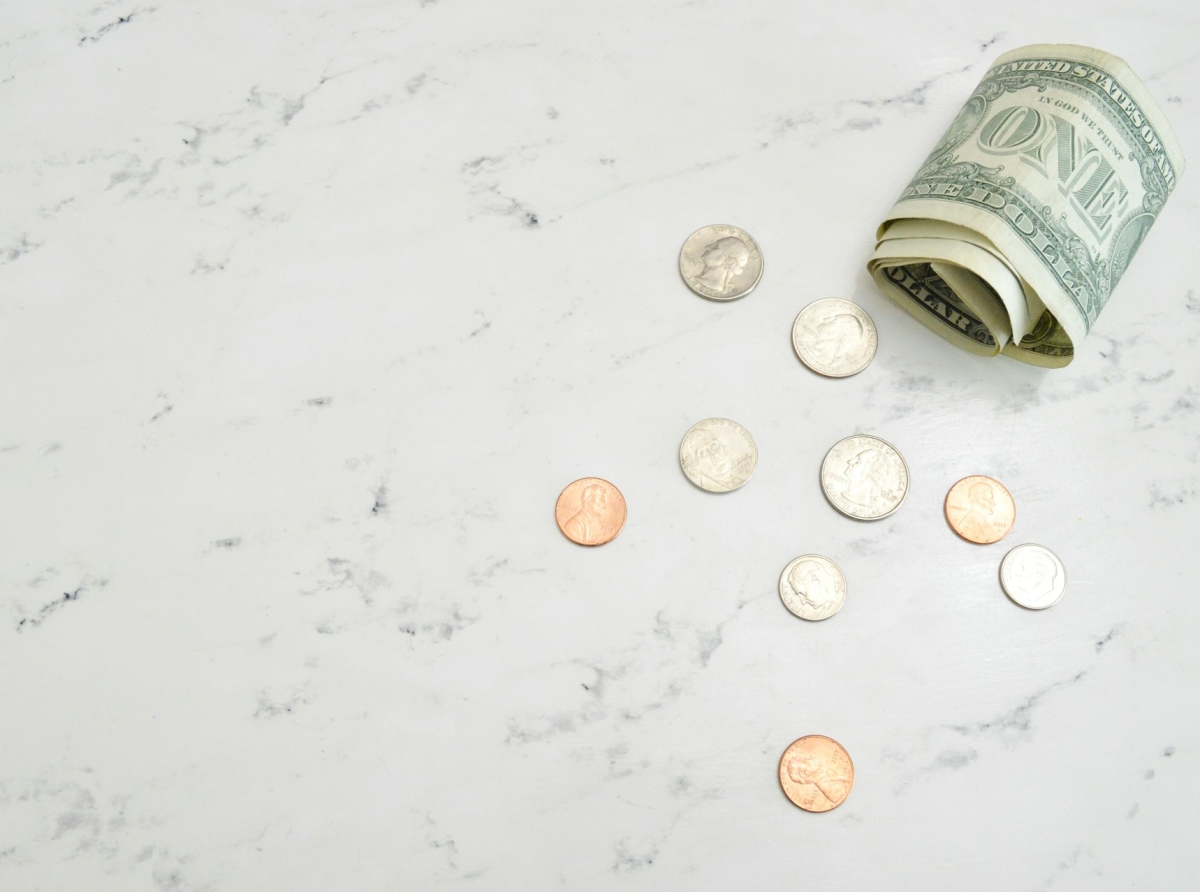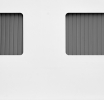Understanding and Applying the Sharpe Ratio in the Forex Market

Understanding and Applying the Sharpe Ratio in the Forex Market
The Sharpe Ratio, named after Nobel laureate William F. Sharpe, is a measure used to evaluate the risk-adjusted return of an investment portfolio. Introduced in 1966, it has since become a cornerstone in financial analysis for its ability to provide insights into the trade-off between risk and return. This metric helps investors understand how much excess return they are receiving for the extra volatility endured by holding a riskier asset compared to a risk-free one.
The significance of the Sharpe Ratio lies in its ability to contextualize returns within the frame of their associated risks. In financial markets, higher returns often come with higher risks. Therefore, simply looking at raw returns without considering the accompanying risks can be misleading. The Sharpe Ratio addresses this by normalizing returns against their volatility, offering a clearer picture of an investment’s performance.
The significance of the Sharpe Ratio lies in its ability to contextualize returns within the frame of their associated risks. In financial markets, higher returns often come with higher risks. Therefore, simply looking at raw returns without considering the accompanying risks can be misleading. The Sharpe Ratio addresses this by normalizing returns against their volatility, offering a clearer picture of an investment’s performance.

Understanding and Applying the Sharpe Ratio in the Forex Market
Calculation and Interpretation of the Sharpe Ratio
Formula for Calculating the Sharpe RatioThe formula for calculating the Sharpe Ratio is:
[ \text{Sharpe Ratio} = \frac{R_p - R_f}{\sigma_p} ]
where:
( R_p ) is the expected portfolio return.
( R_f ) is the risk-free rate.
( \sigma_p ) is the standard deviation of the portfolio’s excess return.
Explanation of Components
Expected Portfolio Return (R_p): This represents the anticipated return from an investment portfolio over a specified period.
Risk-Free Rate (R_f): Often represented by government bonds or treasury bills, this rate signifies the return on an investment with zero risk.
Standard Deviation (σ_p): This measures the volatility or risk associated with the portfolio’s excess returns relative to its mean.
Interpreting Different Values of the Sharpe Ratio
Sharpe Ratio > 1: Indicates that returns are likely adequate given their level of risk.
Sharpe Ratio < 1: Suggests that returns are not compensating adequately for their level of risk.
Sharpe Ratio = 0: Implies that there is no added advantage over a risk-free asset.
Negative Sharpe Ratio: Indicates that a risk-free asset would perform better than the observed investment.
Significance of the Sharpe Ratio in Forex Trading
Unique Characteristics of Forex MarketsForex markets are distinctive due to their high liquidity, continuous operation (24 hours on weekdays), and substantial leverage opportunities. These characteristics make Forex trading highly dynamic but also significantly more volatile compared to other financial markets like equities or bonds.
How Volatility and Leverage Affect Forex Trading Performance
Volatility in Forex markets can lead to substantial price swings within short periods, amplifying potential gains but also magnifying losses. Leverage allows traders to control larger positions with smaller amounts of capital, which can exponentially increase both profits and risks. Therefore, evaluating trading strategies through metrics like the Sharpe Ratio becomes crucial for understanding whether strategies yield acceptable compensation for their inherent risks.
Applying the Sharpe Ratio to Real-world Forex Portfolios
Case Studies or Examples Demonstrating Its Application in Forex PortfoliosConsider a hypothetical Forex trader who achieves an annual return of 20%, with a standard deviation of 15%, while operating in an environment where the risk-free rate is 2%. Using these figures:
[ \text{Sharpe Ratio} = \frac{20% - 2%}{15%} = 1.2 ]
A Sharpe Ratio of 1.2 suggests that this trader’s strategy provides adequate compensation for its level of volatility.
Common Pitfalls and Best Practices When Using This Metric
Common pitfalls include ignoring changing market conditions or using inappropriate benchmarks for calculating expected returns or standard deviations. Best practices involve regularly updating calculations with current data, diversifying portfolios to mitigate specific risks, and complementing Sharpe Ratios with other performance metrics.
Limitations and Alternatives to the Sharpe Ratio
Criticisms and Limitations of Relying Solely on The Sharpe RatioOne criticism is that it assumes normally distributed returns which might not hold true in real-world scenarios where extreme events (fat tails) can occur more frequently than anticipated. It also treats all volatility as negative when positive deviations might be beneficial.
Introduction to Alternative Risk-adjusted Performance Metrics
To address these limitations:
Sortino Ratio: Focuses only on downside deviation rather than total standard deviation.
Treynor Ratio: Uses beta (systematic risk) as opposed to total volatility.
These alternatives provide nuanced insights into performance by addressing some drawbacks inherent in using only traditional metrics like The Sharpe ratio.
In conclusion,the application and interpretation methodologies discussed above highlight both utility along limitations necessitating comprehensive analysis using diverse evaluation frameworks ensuring robust financial decision-making processes especially within highly volatile leveraged environments such as FOREX trading platforms .
Forex, Sharpe Ratio, Risk-adjusted Returns, Financial Analysis, Trading Strategies
Forex, Sharpe Ratio, Risk-adjusted Returns, Financial Analysis, Trading Strategies









Report
My comments